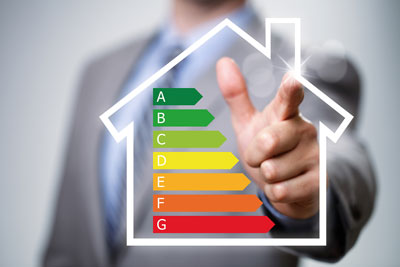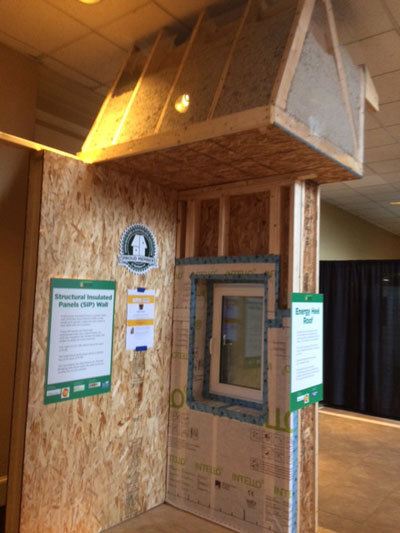
HOME ENERGY ASSESSMENT AND SCORING
We highly recommend a thermal audit through Efficiency VT. CBPHI has been asked to participate in the Dept. of Energy home energy labeling program. A pilot program will be starting soon.
Professional energy assessments generally go into great detail. The energy auditor should do a room-by-room examination of the residence, as well as a thorough examination of past utility bills. Many professional energy assessments will include a blower door test. Most will also include a thermographic scan.
Preparing for an Energy Assessment
Before the energy auditor visits your house, make a list of any existing problems such as condensation and uncomfortable or drafty rooms. Have copies or a summary of the home's yearly energy bills. (Your utility can get these for you.) Auditors use this information to establish what to look for during the audit. The auditor first examines the outside of the home to determine the size of the house and its features (i.e., wall area, number and size of windows). The auditor then will analyze the residents' behavior:
- Is anyone home during working hours?
- What is the average thermostat setting for summer and winter?
- How many people live here?
- Is every room in use?
Your answers may help uncover some simple ways to reduce your household's energy consumption. Walk through your home with the auditors as they work, and ask questions. They may use equipment to detect sources of energy loss, such as blower doors, infrared cameras, furnace efficiency meters, and surface thermometers.
![]() More Insight
More Insight
Professional energy assessments generally go into great detail. The energy auditor should do a room-by-room examination of the residence, as well as a thorough examination of past utility bills. Many professional energy assessments will include a blower door test. Most will also include a thermographic scan.




